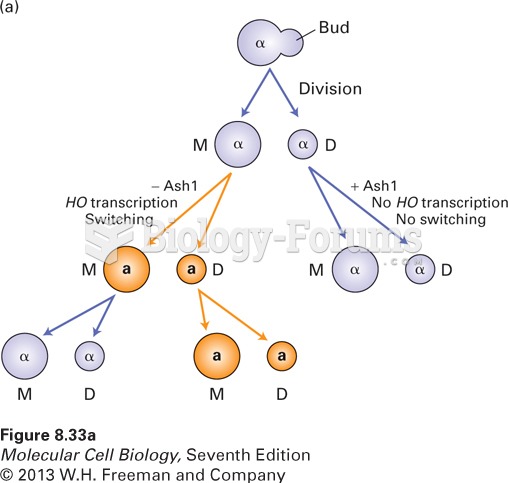Answer to Question 1
Answer: Preschool and kindergarten programs range along a continuum from child-centered to teacher-directed. In child-centered programs, teachers provide a variety of activities from which children select, and much learning takes place through play. In contrast, in academic programs, teachers structure childrens learning, teaching letters, numbers, colors, shapes, and other academic skills through formal lessons, often using repetition and drill.
Despite evidence that formal academic training undermines young childrens motivation and emotional well-being, early childhood teachers have felt increased pressure to take this approach. Preschoolers and kindergarteners who spend much time in large-group, teacher-directed academic instruction and completing worksheetsas opposed to being actively engaged in learning centers by warm, responsive teachersdisplay more stress behaviors (such as wiggling and rocking), have less confidence in their abilities, prefer less challenging tasks, and are less advanced in motor, academic, language, and social skills at the end of the school year. Follow-ups reveal lasting effects through elementary school in poorer study habits and achievement. These outcomes are strongest for low-SES children.
Answer to Question 2
Answer: Both Piagetian and Vygotskian classrooms emphasize active participation and acceptance of individual differences. But a Vygotskian classroom goes beyond independent discovery to promote assisted discovery. Teachers guide childrens learning, tailoring their interventions to each childs zone of proximal development. Assisted discovery is aided by peer collaboration, as children of varying abilities work in groups, teaching and helping one another.
Vygotsky saw make-believe play as the ideal social context for fostering cognitive development in early childhood. As children create imaginary situations, they learn to follow internal ideas and social rules rather than impulses. For example, a child pretending to go to sleep follows the rules of bedtime behavior. A child imagining himself as a father and a doll as a child conforms to the rules of parental behavior. According to Vygotsky, make-believe play is a unique, broadly influential zone of proximal development in which children try out a wide variety of challenging activities and acquire many new competencies.
Pretending is also rich in private speecha finding that supports its role in helping children bring action under the control of thought. Preschoolers who spend more time engaged in sociodramatic play are better at inhibiting impulses, regulating emotion, and taking personal responsibility for following classroom rules. These findings support the role of make-believe in childrens increasing self-control.







